Israel’s ties to India are Biblical. There has been trade between India and Israel since the time of King Solomon. The Bene Israel community, the largest of the Jewish communities of India, believe they were shipwrecked off the Konkan coast sometime in the first or second century. They settled in the villages there and were locally known as Shanivar telis – oil pressers who did not work on the Sabbath. The Bene Israel retained a rudimentary Judaism till Rabbi Rahabi, a Cochini Jew, recognized the few Jewish practices they maintained that distinguished them. He brought them back to practice a more normative Judaism – the dates of when this occurred is contested. There were about 20,000 Bene Israelis in India at Indian Independence.
The Cochini Jews settled in Kerala in the twelfth century. It also became home to the Paradesi Jews, Jews from Spain and Portugal who were expelled during the Inquisition. At Indian Independence, there were about two thousand Cochini Jews. Most settled in Israel between 1953 and 1955. The Baghdadi Jews, Jews from across the Middle East, came to settle in the port cities of Calcutta and Bombay in the nineteenth and twentieth centuries: at their peak (1940s) they numbered about five thousand persons.
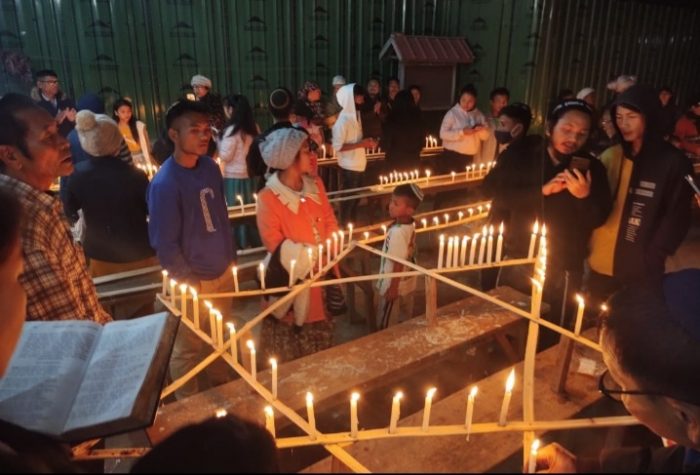
Until recently, these were the three Jewish groups of India. The Bnei Menashe consider themselves the descendants of the Biblical Menashe, son of Joseph, who they call Manmasi or Manmasia. In Manipur they are identified as Kukis and as Mizos in Mizoram. After more than fifty years of asserting Jewish claims, the Bnei Menashe, “the children of Menasseh,” were recognised by the Chief Rabbi of Israel (2005) which made them eligible to make “Aliyah” (emigration) to Israel.
Also read: The Galaxy of Calcutta Jewish Stars
Theirs is a unique story: in the late fifties a tribal leader called Challa, inspired by a vision and his Biblical understanding, declared his people as Children of Israel. His followers, members primarily from the Chin, Kuki and Mizo ethnic groups, embraced the idea that they were Jews. Members of this Messianic movement adopted many Jewish observances and were brought into the fold by Judaizing movements. Of the approximately 11,000 Jews from Mizoram and Manipur, to date four thousand have succeeded in making Aliyah, despite challenges both in Israel and in India. When they reach Israel, they are formally converted to an Orthodox form of Judaism, but still remain very much on the margins of Israeli society.
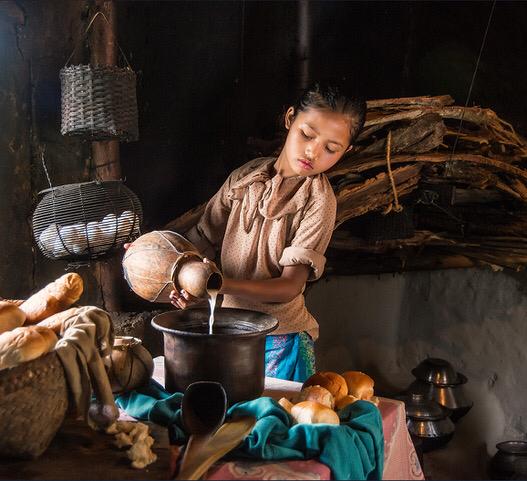
A photo exhibition at the Anu Museum, the largest Jewish museum in the world, introduced the little known Bnei Menashe community to the Israeli public. Dorit Lombroso, exquisitely presents the Bnei Menashe immersed in tribal culture, language and apparel. The Vermeer like portraits feature women and children in traditional dress, images of homes, everyday rural activities amidst the lush scenery of Mizoram and Manipur. It represents a life far removed from the lives the Bnei Menashe are struggling to establish in Israel. The exhibition brings a modicum of visibility and greater understanding about this Indian Jewish community to Israelis.
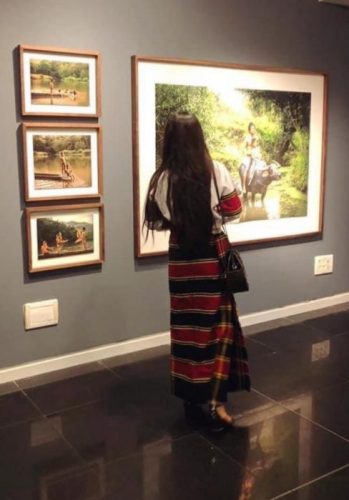
The 80,000 Indian Jews living in Israel come from the four corners of India – Cochin, Bombay, Calcutta and now the Northeast states of Mizoram and Manipur. They are all deeply attached to India – “India is our Motherland, Israel is our Fatherland.” The Indian Jewish Heritage Center, formed in Israel by Indian Jews from all the four communities, are committed to preserving, presenting and celebrating this varied legacy. They collaborate with the Cochin Heritage Center in this effort. It is ironic that in India the various Jewish communities had barely any interaction with one another – they were separated not only by geography but on linguistic and cultural grounds.
In the late fifties a tribal leader called Challa, inspired by a vision and his Biblical understanding, declared his people as Children of Israel. His followers, members primarily from the Chin, Kuki and Mizo ethnic groups, embraced the idea that they were Jews. Members of this Messianic movement adopted many Jewish observances and were brought into the fold by Judaizing movements.
The Heritage Center’s vision is inspiring and compelling – a museum to pay tribute to the varied Jewish heritage, a Spiritual Center for meditation, yoga and holistic healing, an auditorium for heritage programs and an arboretum that will integrate Indian trees and plant life. Nevatim was selected as the site for India in Israel. It is a prosperous moshav (a cooperative agricultural settlement) in the Northern Negev established by Jews from Cochin in 1954. It contains a small but splendid gem of a synagogue which will become an integral part of the spiritual center. The two-storeyed red, blue and silver synagogue has a traditional carved wooden ceiling designed in white and gold geometric designs. The Torah Ark, emblazoned with silver and intricate wood floral carvings painted in red and gold, was brought by community members from Ernakulam.
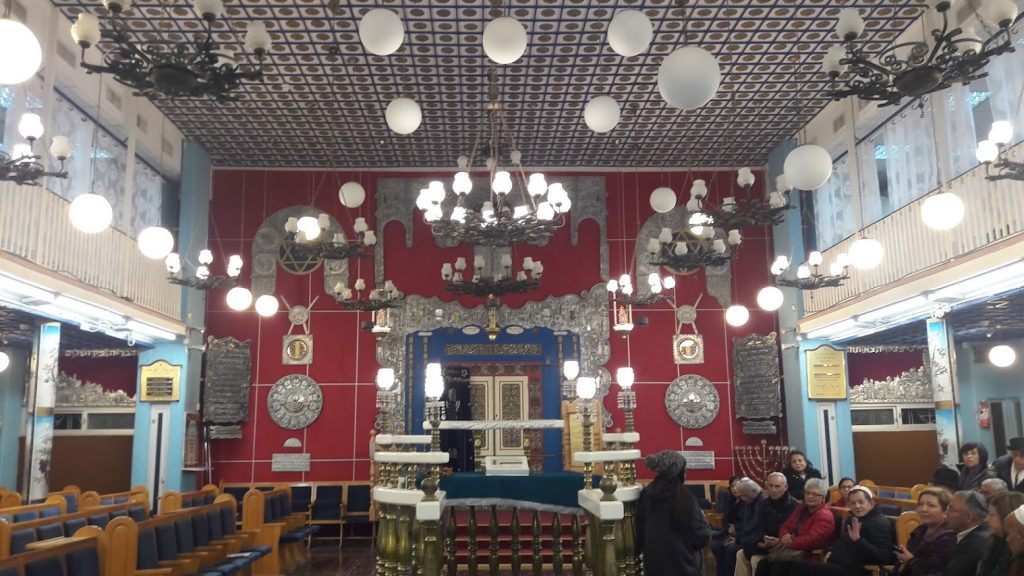
Indians in Israel have a low profile. With many Indian Jews marrying outside the community, the Center will assure that future generations know and value their heritage. While Israelis are familiar with India with this initiative they will learn more about the Indian Jewish heritage. India is the only place in the world where Jews never faced any anti-Semitism, except under Portuguese rule in Goa. During World War II, several European Jewish people took refuge in India. Under varied political regimes and through the ages, Jews were not just accepted, but embraced by India. They flourished and prospered and India benefited from their presence. It is an important underlying story that the Center will indeed tell.
Images courtesy: Indian Heritage Center, Jessica Thangjom, Dorit Lombroso, Jael Silliman.
Jael Silliman, born in Kolkata, was educated at Wellesley College, Mass., Harvard University, University of Texas, Austin. She received her doctoral degree in international education at Columbia University. She has written extensively on gender and economic development, and women’s movements in the developing world. 'The Teak Almirah', 'Where Gods Reside: Sacred Places of Kolkata', 'Jewish Portraits, Indian Frames: Women's Narratives from a Diaspora of Hope' are some of her published works.





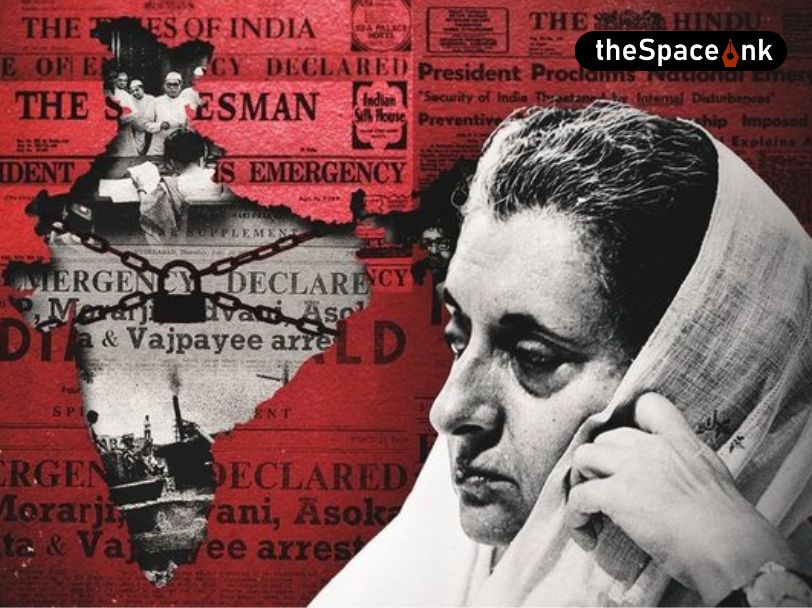


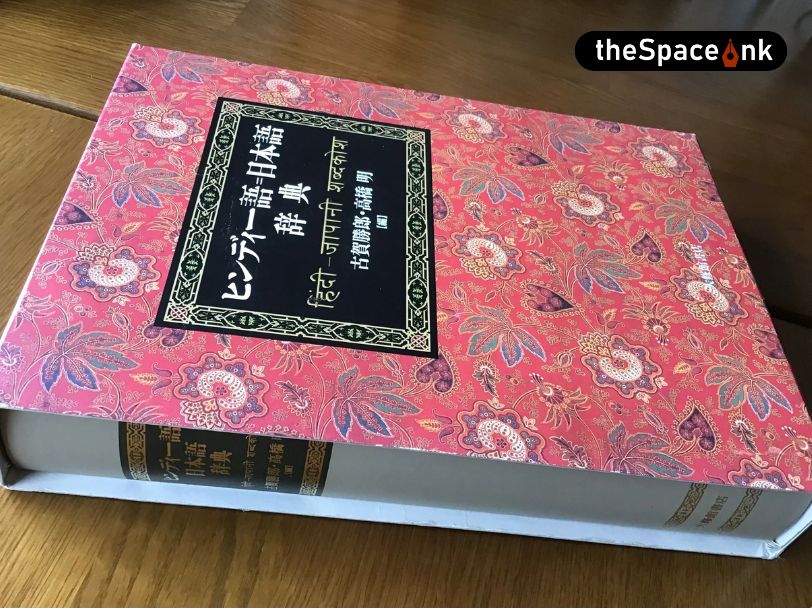
One Response
So beautifully written….I had two Kunis and one mizo friend ..jews but dint discuss when we studied together m.sc.in shillong….Thank you for reminding me about the times we spent together.